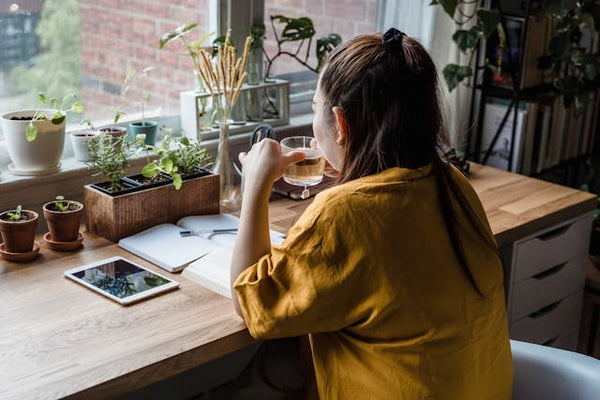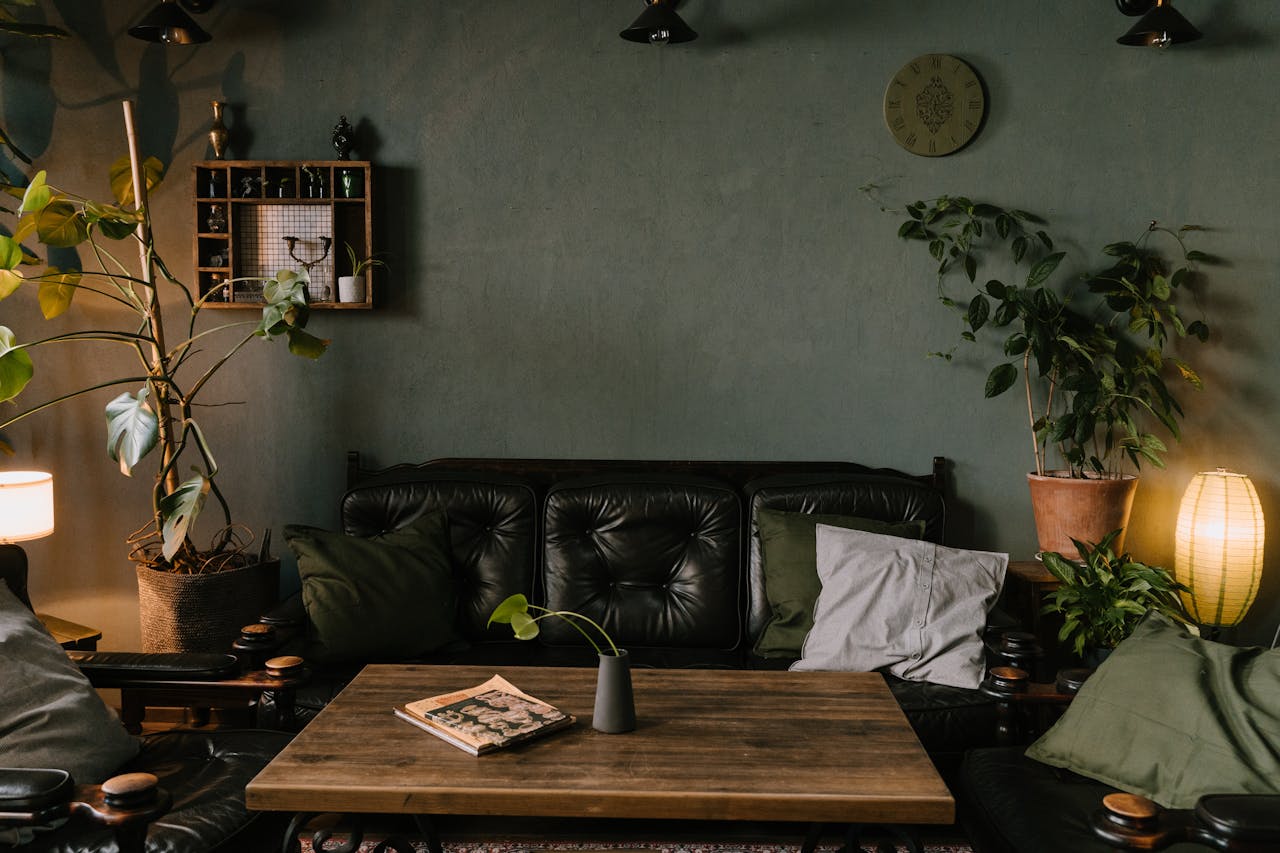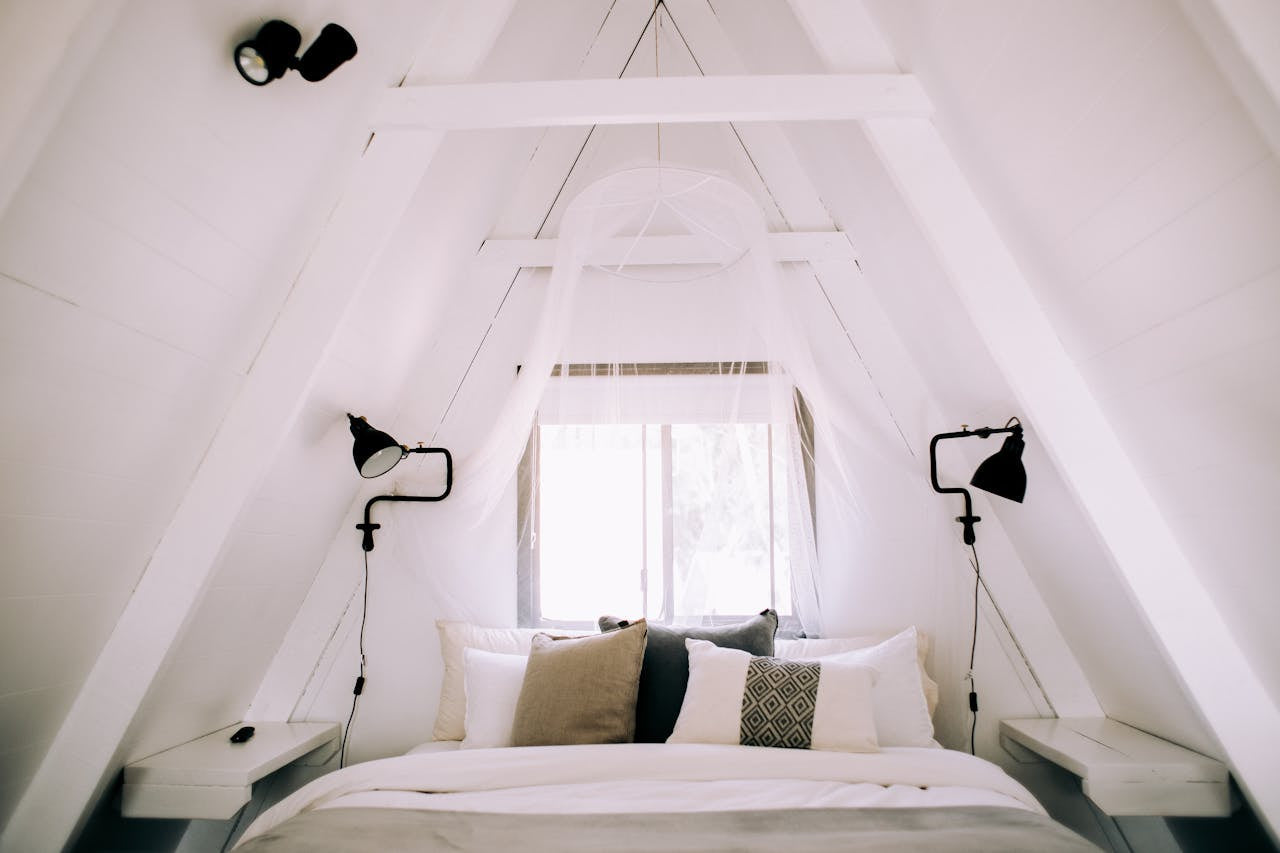Have you ever noticed how a day at the beach or a short walk in the park leaves you feeling invigorated? A mental break from your routine sure helps. But maybe it’s not a coincidence that you feel refreshed after a brief encounter with nature. As we are living beings perhaps we instinctively gravitate towards everything living, too.
But as we humans advance technologically, we’ve also become more separated from nature, and the loss of such a link has an unfortunate impact on our health and well-being. It may explain why being outdoors provides a somewhat cathartic experience—a momentary purging of the inorganic helps us to be in touch with the natural world. And it feels good.
With the way our lives are set up these days, how do we encourage this reconnection with nature? Is it possible when many homes are in cities with limited access to natural open space? The answer might be found through biophilic design, an approach to creating spaces that incorporate elements of nature into the built environment to recreate their positive effects.
Biophilic design offers the best compromise yet for us to experience nature within our modern environment. Now, this leads us to another question. How do we apply it within our homes? Here’s a look at ways to embrace biophilic design at home:
Let the sunshine in.
Natural light is a cornerstone of biophilic design. Sunlight regulates our circadian rhythm, which is closely tied to our sleep patterns. If our circadian rhythm is well-regulated, our chances are better for healthy sleep, which may boost our energy levels.

Maximize natural light by keeping windows clear from bulky furniture and uncluttered by heavy curtains. Consider skylights or solar tubes for areas that lack access to sunlight. If these options aren’t possible, optimize lighting in your space with LED strip lights and desk lamps. Strategically placed mirrors can also reflect sunlight and brighten up a space.
For inspiration: check out how the dwellers in this underground flat manage to maximize natural light in an otherwise sunlight-limited space.
Enjoy the open air.
Whenever possible, open your windows to allow fresh air to circulate. This not only dispels the stale air and reintroduces crisp oxygen to your space, but also brings in the natural sound and scent of the outdoors.
If you live in a noisy or polluted environment, invest in an air purifier with a HEPA filter to mimic the air-cleaning properties of nature.
Bring the outside in through plants.
Live plants are key to biophilic design–and having indoor plants is the easiest way to invite nature into interior spaces. There’s simply nothing like the vibrant colors of natural flora to create a sense of life within your home.
Plus, they are healthy, too. Recent studies have consistently shown that growing houseplants offer a positive impact on well-being by boosting focus, improving mood, and even lowering blood pressure.

If you’re a beginner, start small with low-maintenance varieties like snake plants or spider plants. Consider a citrus tree or even an orchid if you have a sunny spot in your space. Group plants together for a lush effect or create a living wall for a dramatic statement. Remember, proper care is essential, so research plant needs before bringing them home.
Mimic nature through texture and colors.
Texture plays a crucial role in biophilic design. Natural materials like wood, stone, bamboo, and wool introduce a sense of organic warmth and visual interest. Consider incorporating these materials through furniture, flooring, wall accents, or decorative elements.
Biophilic design embraces the calming and grounding hues found in nature. Go for a color scheme that reflects the outdoors, incorporating greens, blues, browns, and beiges. Accentuate these colors with pops of vibrant greens or yellows reminiscent of fresh foliage or wildflowers.
Embrace biomorphic shapes.
Nature is rarely linear. Biophilic design encourages incorporating organic shapes and patterns found in the natural world. Go for furniture with curved edges that mimic natural forms like leaves, flowers, or pebbles.
Naturally occurring patterns like the spiral of a mollusk shell, the intricate connection of the veins of leaves, and the color patches of animal fur can be introduced through artwork and textiles. Even the arrangement of furniture can evoke biophilic principles, like setting up a conversation nook to mimic a cozy forest clearing or arranging seating areas to maximize views of the outdoors.
Engage the sense of smell.
Engaging the sense of smell can be a biophilic feature. Certain scents can trigger positive associations with the natural world like the way the smell of pine needles might bring back thoughts of a relaxing walk through the woods. Or it can influence emotions like how lavender or citrus can calm and uplift the mood. These positive associations can help people feel more connected to nature, even indoors.
Maximize the scenery.
If you're fortunate enough to have a scenic view from your windows, maximize it. Rearrange furniture to have a clear view of the landscape or consider installing larger windows to foster a stronger connection to the outdoors. Even an urban setting can offer a sense of connection if positioned strategically.

But having a good view of nature is simply not feasible, especially in the heart of the urban jungle. Artwork depicting natural landscapes, calming seascapes, or lush flora can serve as an alternative. A window with a poor view of concrete buildings can also be balanced out by strategically arranging houseplants nearby.
Set up a cozy nook.
Humans innately seek shelter and a sense of security. Sometimes, being within four walls may not be enough, especially when the space is shared. Having a cozy nook in your home can help address this intrinsic desire.
Set up a personal space with comfortable seating and soft lighting, a perfect spot for curling up with a book or simply enjoying a moment of solitude. Ideally, this space feels safe and protected, akin to a natural refuge.
…
Biophilic design in your home can be a game-changer for your well-being. There’s no true alternative to being amidst raw and powerful nature from the confines of a four-walled space. But there’s still a way to foster a better connection with the natural world. By incorporating organic elements (or their representations) in your home, you can create a more natural space, reminding you of the authentic world beyond.



Leave a comment
This site is protected by hCaptcha and the hCaptcha Privacy Policy and Terms of Service apply.